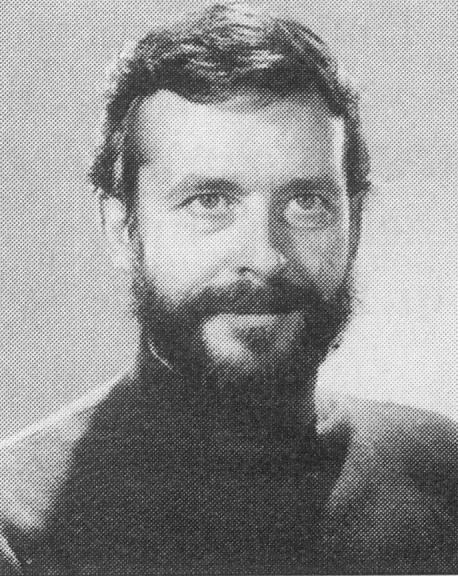
Richard Emerson
Credits, references, and bibliography
Exchange Relationships and Networks
JSTOR Articles:
"Building on the work of George Homans, Richard Emerson (1925-1983) asserted that power was central to exchange, that actors are not entirely rational, and that social relations and networks could be used to explain both micro- and macro-level phenomena. Emerson's exchange theory focuses on the rewards and costs of social interaction and takes social structure as a variable dependent on exchange. The theory assumes that people act rationally within the context of situations, thereby allowing the situations to occur. It also assumes that as people become satiated with the rewards they obtain from a situation, those situations will be of declining importance to them. Last, it assumes that benefits obtained depend on the benefits of exchange.
According to Emerson, social structure is produced and reproduced through exchange mechanisms. The exchange network is a web of social relationships that involves a number of individuals or groups. All individuals and groups have opportunities to exchange with others. These relationships interrelate with one another to form network structure. Each exchange relationship is embedded in a larger exchange network.
In exchange theory, power is defined as the potential cost that one actor can induce another to accept. Dependency is the potential cost that an actor is willing to accept within an exchange relationship. Mutual dependencies condition the nature of an interaction. When there is an imbalance of power and dependency between two actors, the one with more power and less dependence will have an advantage that can be used to collect rewards or distribute punishments. Exchange theorists argue that the relative power of an actor is determined by the position of an actor in an exchange network. The amount of dependence of the entire structure on the position will determine its power. This perspective can be used to examine both the social behavior of individuals and social structure. It can also be used to examine how changes in power-dependency at the micro-level affect macro-level phenomena and vice-versa."(1)
Internet Exercise(1)
The idea of an exchange network seems straightforward, but real-life exchange networks can be very complex and difficult for social scientists to map. Go to the Network Visualization page at http://www.mpi-fg-koeln.mpg.de/~lk/netvis/substanz.html and answer the following questions.
a. A micro-level example: Look at the patterns of exchange among the !Khung. What does this pattern tell us about the relationship among participants?
b. Look at the growth of the German Petition Movement. According to the web page, what forces account for this pattern?
c. A macro-level example: Look at the structure of world trade. Does the pattern it represents support Emerson's theory?
Weblinks:
Works Cited
1.
Much of this page comes from the "Instructor's Manual" to accompany Contemporary
Sociological Theory and Its Classical Roots: The Basics, Second Edition,
George Ritzer, Mcgraw-Hill, 2007. The Instructor's Manual was prepared by James
Murphy, University of Maryland, College Park and Todd Stillman, Fayetteville
State University. These excerpts are from chapter 7.
2. Ritzer, George. 2007/2010/2013. Contemporary Sociological Theory and Its Classical Roots: The Basics. 2nd/3rd/4th editions. St. Louis: McGraw-Hill
![]()
Unless otherwise noted, all pages within the web site http://www.umsl.edu/~keelr/ ©2015 by
Robert O. Keel.
Click here to Report Copyright Problems